


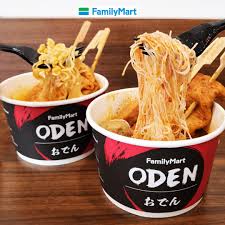
Paper noodle cups are the ideal choice when convenience and compactness are needed, suitable for fast food and small portions. Meanwhile, paper noodle bowls provide a better dining experience, meeting large portions,
The difference between paper cups for instant noodles and paper bowls for instant noodles lies in their design, purpose, and user experience. Below are the main distinctions:
Paper Cups for Instant Noodles:
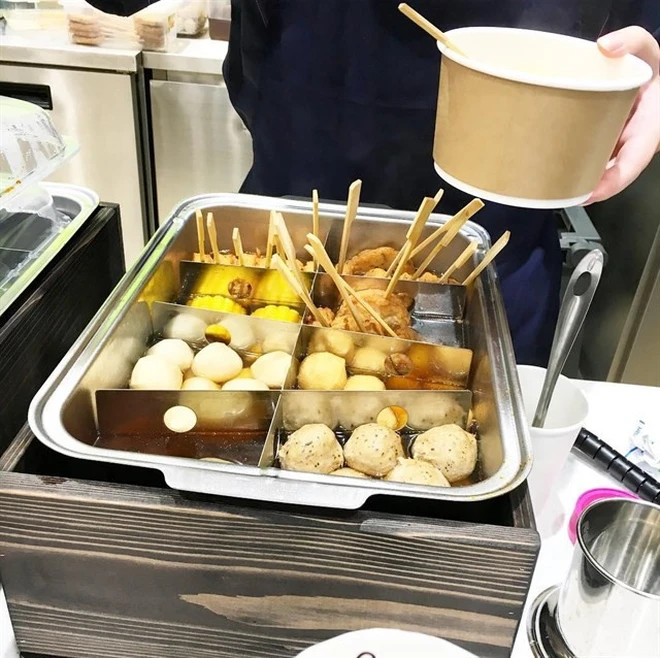
Paper Bowls for Instant Noodles:

Paper Cups for Instant Noodles:
Paper Bowls for Instant Noodles:

Paper Cups for Instant Noodles:
Paper Bowls for Instant Noodles:

Paper Cups for Instant Noodles:
Paper Bowls for Instant Noodles:


Paper cups for instant noodles are the ideal choice for convenience and portability, best suited for quick meals and smaller portions. Meanwhile, paper bowls for instant noodles offer a better dining experience, accommodating larger portions and ideal for delivery or dine-in services. Choosing between cups and bowls depends on your intended purpose and target audience.
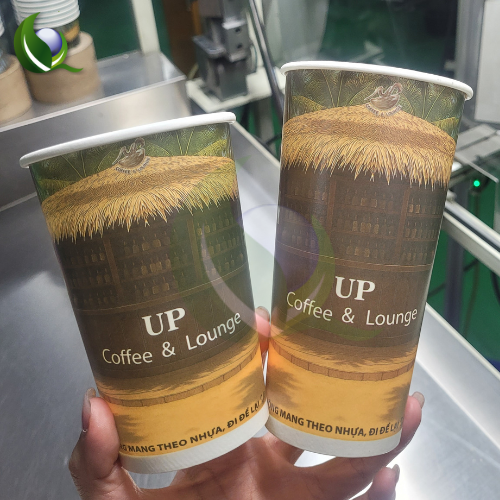
Switching from plastic to paper cups is a smart investment strategy that helps F&B businesses not only optimize operational costs but also build a sustainable brand image and attract a large customer base that values environmental responsibility. This is no longer just an option—it’s a strategic move to assert market position and increase competitiveness in an increasingly demanding landscape.
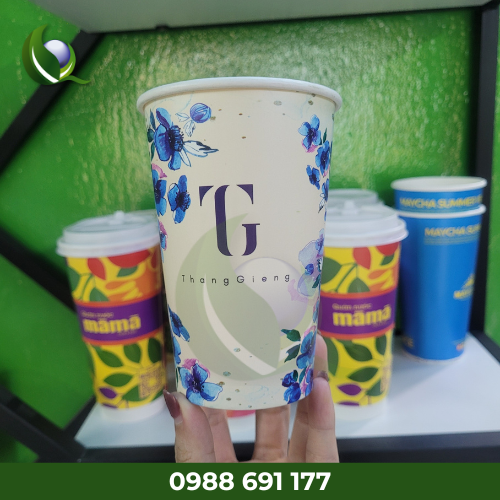
Paper cups and the shift in Vietnamese consumer habits are shaping a greener future—one where every small choice contributes significantly to the environment and public health, while also unlocking golden opportunities for F&B businesses. At Ly Giấy Việt Nam, we see this transition as an inevitable wave, offering an optimal solution for both consumers and brands aiming for sustainable...

Paper Bowls: The Ideal Solution for Hot Dishes Like Pho, Noodle Soup, and Broth More than just a packaging trend, paper bowls are a strategic decision that enhances customer experience and strengthens brand value in the highly competitive food delivery market. Ly Giay Vietnam is proud to offer high-quality paper bowl products that fully meet the criteria of safety, aesthetics, and business...

The trend of using paper cups in the F&B (Food & Beverage) industry is not just a temporary trend but has become a green revolution, reshaping the entire appearance of the modern food and beverage industry.

The process of producing paper cups that meet food safety standards is a series of complex stages, requiring precision and strict compliance with food safety regulations
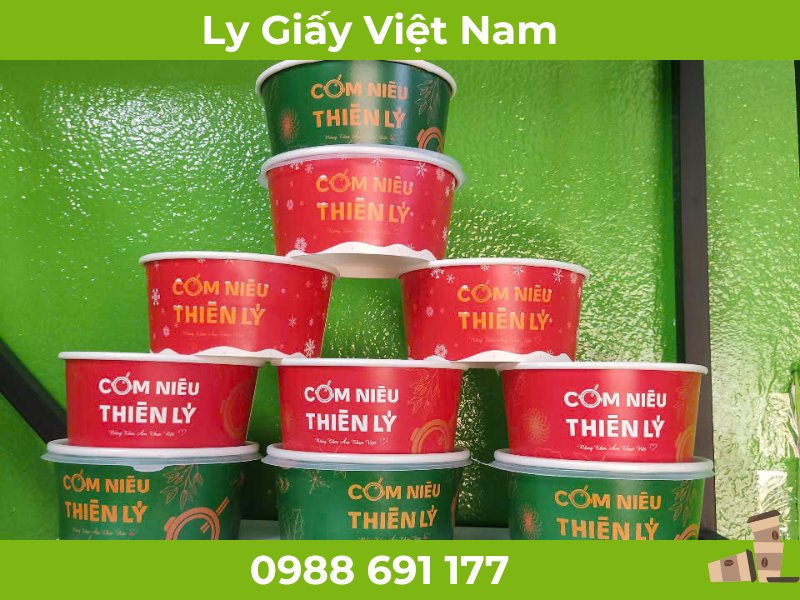
How to attract customers with beautiful packaging is a very important topic in building and developing a brand.
Comment & review